Quadratus Femoris Muscle
Table of Contents
Quadratus femoris Muscle Anatomy
The quadratus femoris is a flat, rectangular-shaped skeletal muscle of the gluteal region. This is a small muscle located on the posterior side of the hip joint, it is a group of muscles of external rotators, strong external rotator, and adductor of the thigh, but also helps to stabilize the femoral head in the acetabulum to the hip joint.
It is a square-shaped muscle, and its name is derived from its shape, with “quadratus” meaning “square” in Latin. The quadratus femoris works in conjunction with other hip muscles to stabilize and move the hip joint.
Quadratus femoris is used in Meyer’s muscle pedicle grafting to prevent AVN of the Hip (avascular necrosis of femur head).
Origin
The upper part of the lateral border of the ischial tuberosity is inferior to the lower rim of the acetabulum.
Insertion
Quadratus femoris muscle runs laterally to insert on the quadrate tubercle that is located on the intertrochanteric crest of the femur, superior to the insertions of adductor magnus and lateral to triceps coxae muscles.
Nerve Supply
Nerve to quadratus femoris (L4-S1).
Blood Supply
The muscle receives its blood supply mainly from the inferior gluteal artery, a large branch of the internal iliac artery. The descending branch of the medial circumflex femoral artery is also supplied to the muscle in a smaller part.
The venous blood is evacuated by the inferior gluteal vein which is a tributary of the internal iliac vein.
Actions
- Lateral rotation of the thigh (External Rotation)
- Adduction from the Hip Joint.
- Stabilize the femur head in the acetabulum.
- lateral rotation and adduction of the thigh.
Muscle Relations
The gluteus maximus muscle covers the posterior surface of the quadratus femoris, just like it does all the other tiny deep gluteal muscles. The tendon of the obturator externus muscle, which divides it from the hip joint capsule, is closely related to the quadratus femoris muscle on the anterior side.
The quadratus femoris, which lies directly below the gemellus inferior muscle, is the most inferiorly positioned external rotator of the hip. Locate the adductor magnus muscle by moving even more inferiorly. In this instance, the upper border of the adductor magnus and the inferior portion of the quadratus femoris are parallel. The medial circumflex artery flows via a space that separates these two muscles. Sometimes the gap is eliminated when these two muscles merge together. Between the quadratus femoris muscle and the lesser trochanter, there may be a bursa.
The cruciate anastomosis, which connects the gluteal artery, the first perforating artery, and the medial and lateral circumflex arteries, is located close to the quadratus femoris insertion.
Exercise of Quadratus femoris muscle
The quadratus femoris is a deep hip muscle, and it can be challenging to target specifically with isolated exercises. However, there are certain exercises that can engage the quadratus femoris along with other hip muscles. Remember that any exercise targeting the hip region should be performed with proper form and technique to prevent injury. Here are some exercises that can help engage the quadratus femoris:
Hip external rotation exercises:
Clamshells:

Knees bent and feet together while lying on your side. Open your top knee while keeping your feet in contact with each other. Hold briefly, then lower back down. This exercise targets the external rotators of the hip, including the quadratus femoris.
Side-lying leg lifts:
Lie on your side, keeping your legs straight. Lift the top leg upward, leading with your heel, and then lower it back down. This exercise engages the hip abductors, including the quadratus femoris.
Hip stability exercises:
Single-leg stance:
Keep your balance while standing on one leg. This exercise helps improve hip stability, engaging various hip muscles, including the quadratus femoris.
Single-leg squats:
Stand on one leg, slightly bend your knee, and perform a squat by lowering your body down. This exercise challenges hip stability and strengthens multiple hip muscles, including the quadratus femoris.
Hip stretching exercises:
Pigeon pose:
Sit on the floor with one leg extended straight behind you and the other leg bent in front of you with the knee bent outward. Lean forward slightly to stretch the hip muscles, including the quadratus femoris, of the extended leg.
Figure 4 stretch:
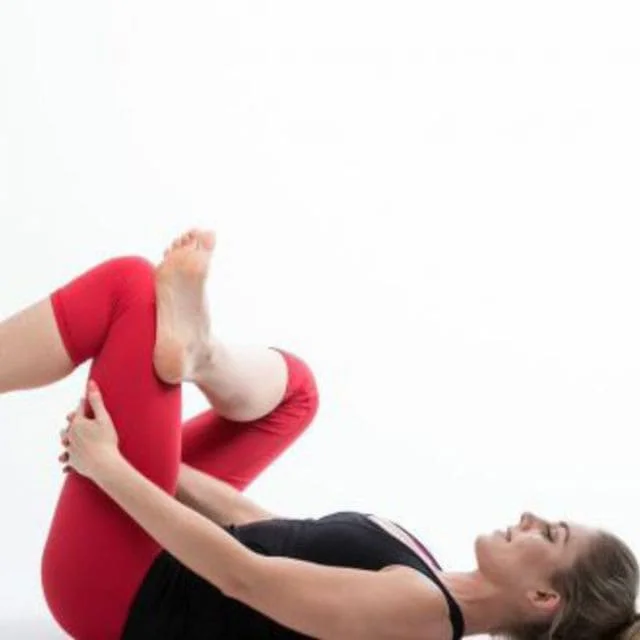
Lie on your back with your knees bent and feet flat on the floor. Cross one ankle over the opposite knee, forming a “4” shape. Gently pull the uncrossed leg toward your chest to feel a stretch in the hip of the crossed leg.
Functional movements:
Walking lunges:
Perform walking lunges, ensuring proper form and a stable pelvis. Lunges engage various hip muscles, including the quadratus femoris.
Step-ups: Step up and down onto a platform or a sturdy elevated surface. This exercise targets the hip extensors and stabilizers, engaging the quadratus femoris indirectly.
Remember to perform these exercises with proper form and gradually increase the intensity and difficulty as you become more comfortable and stronger. If you’re unsure about performing these exercises or have any pre-existing conditions or injuries, it’s best to consult with a qualified fitness professional or healthcare provider before starting a new exercise routine.
Clinical Importance
Injuries or conditions affecting the quadratus femoris can lead to pain and dysfunction in the hip region. Some common issues may include strains, tears, or inflammation of the muscle. Treatment may involve rest, physical therapy, and other interventions to reduce inflammation and promote healing.
It’s important to note that the quadratus femoris is just one of several muscles involved in hip movement and stability. Other major hip muscles include the gluteus maximus, gluteus medius, gluteus minimus, piriformis, and others, which work together to perform various movements and provide support to the hip joint.
Groin Pain
Due to several structures having synergistic activities, the cause of groin pain, which is a very common and debilitating condition, is frequently difficult to determine without medical imaging. Quadratus femoris tendinitis is one documented cause of severe pain in this area. In addition to a physical examination, magnetic resonance imaging (MRI) is frequently needed for diagnosis. For this reason, accurate diagnosis and treatment of this condition are typically delayed.

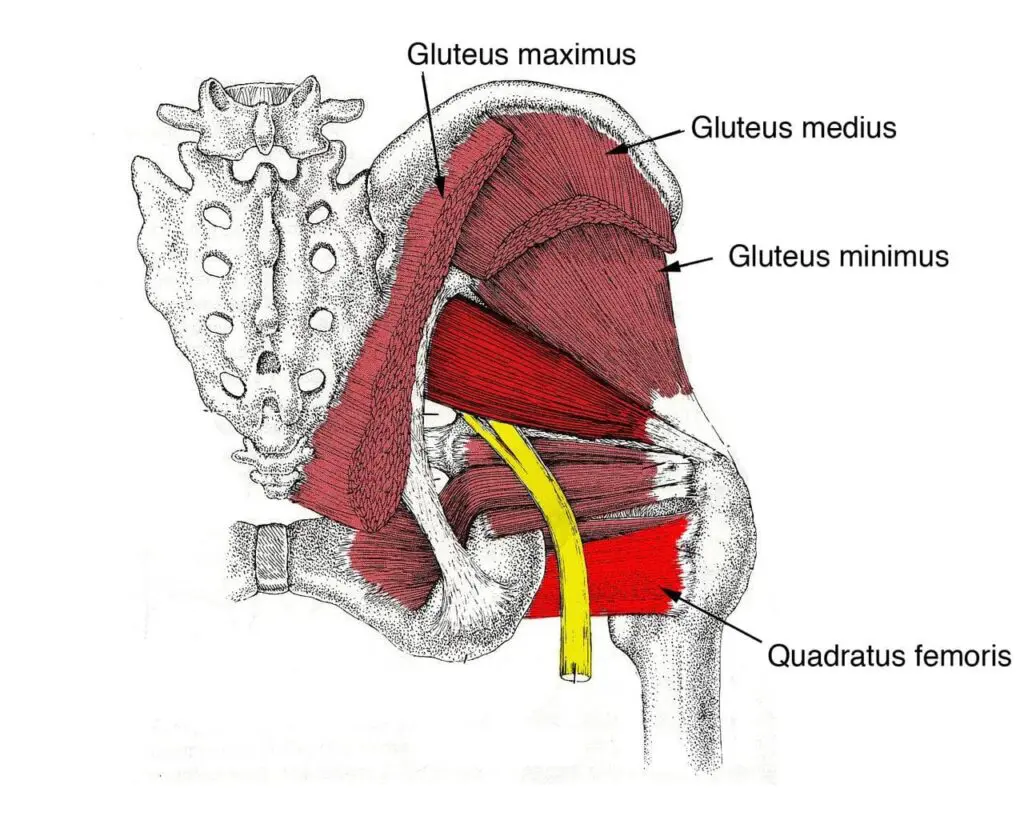
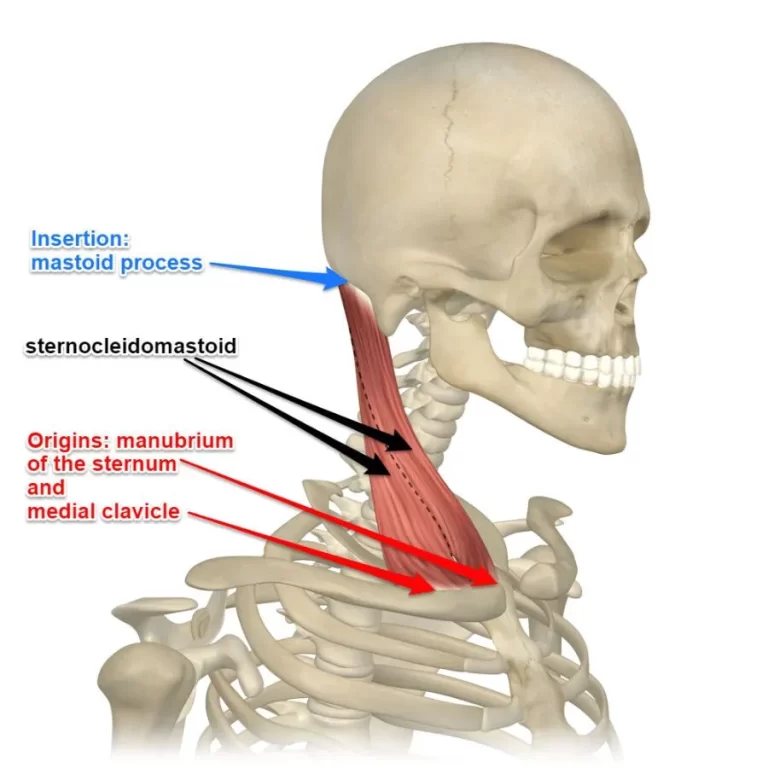
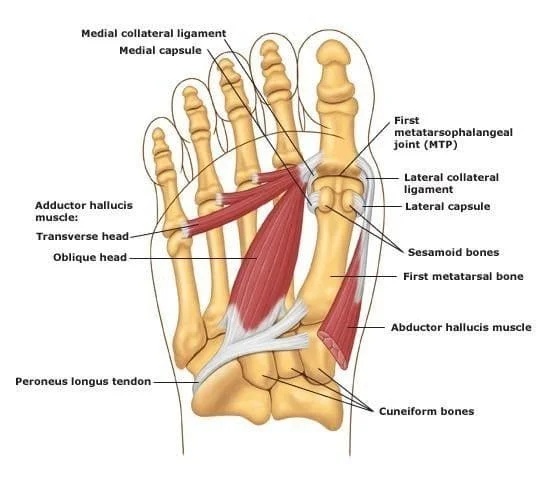
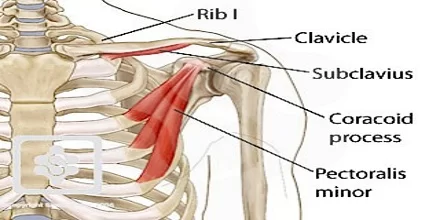
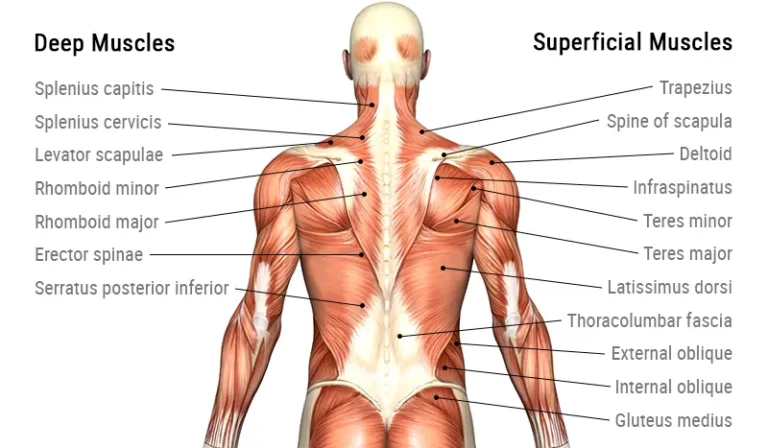
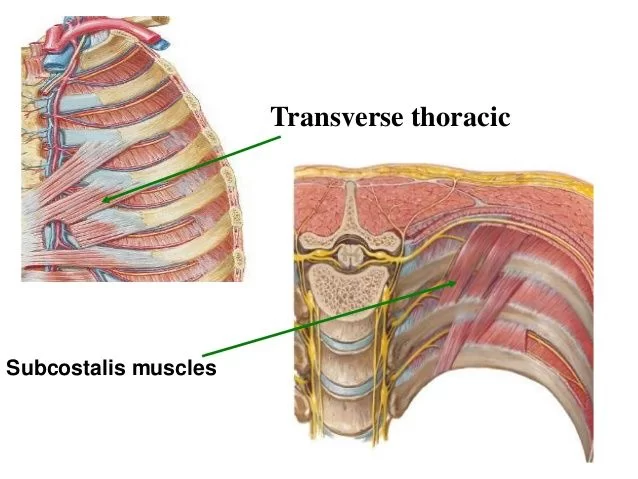
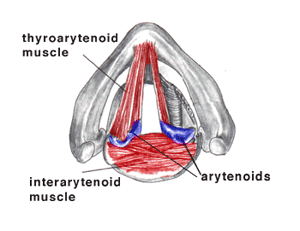
2 Comments